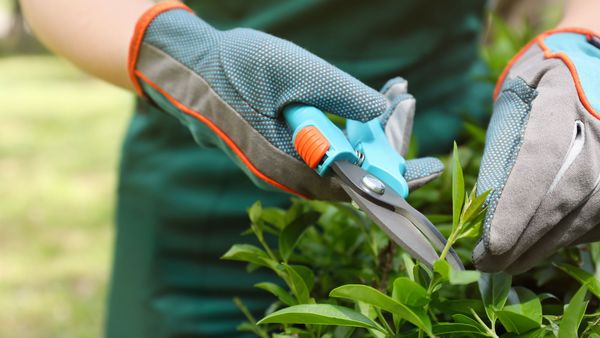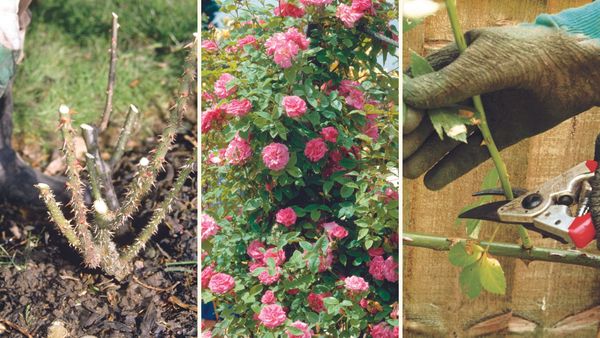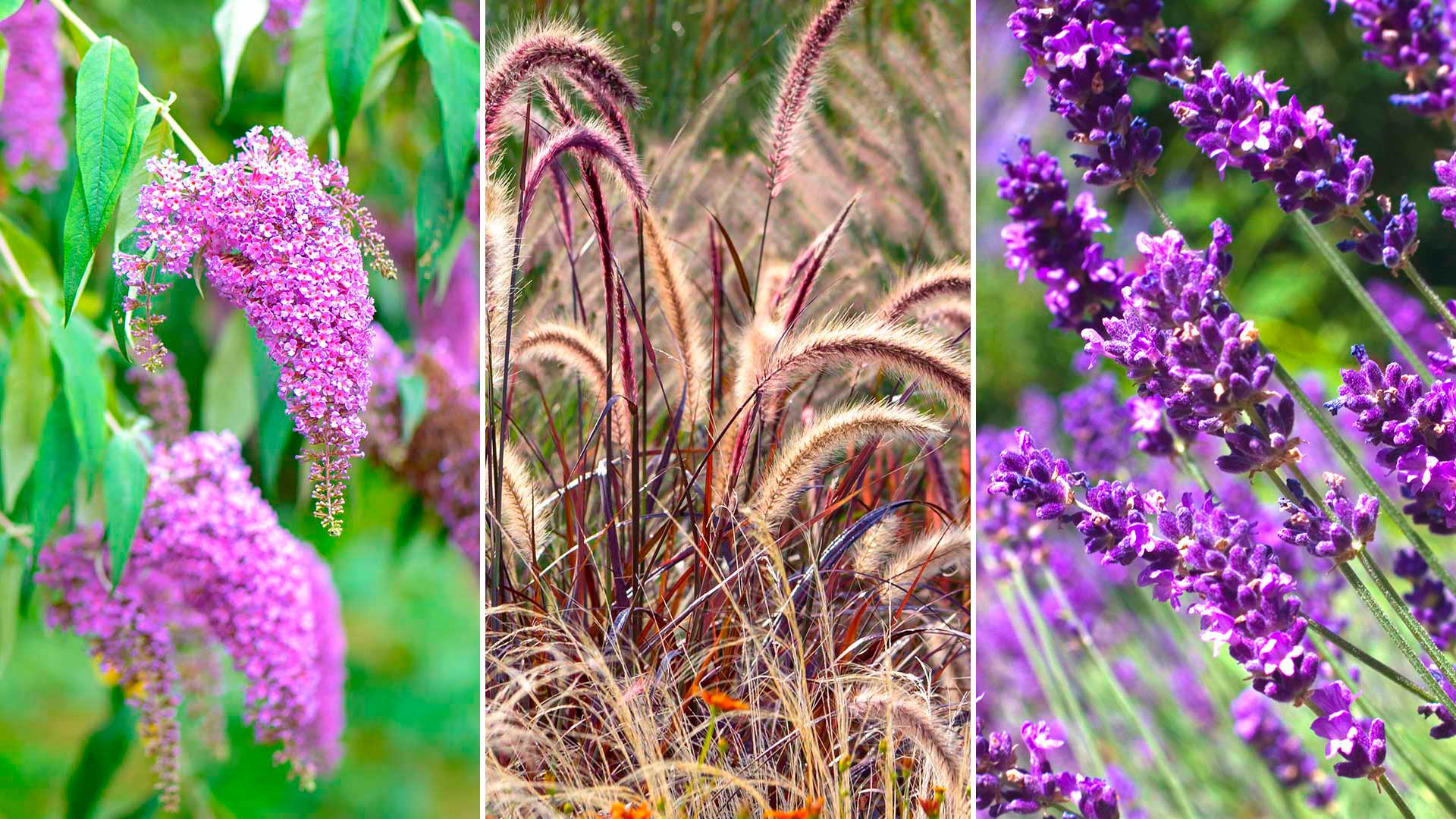
If you're unsure which plants to prune in February, you've come to the right place. With spring on its way, plenty of trees, woody shrubs, and other perennials can be tidied up this month to prepare them for the year ahead.
If you haven't done so already, many of the plants to prune in January can still be cut back now and should be done before they fall into the category of plants to prune in March. But as temperatures slowly rise, in addition to what you can plant in February there are others you can turn your secateurs to. In doing so, you can improve your plants' health and performance, and even encourage more flowers, as they put on new growth.
Below, you'll find expert suggestions of what can be trimmed in your garden this month, from pruning roses to pruning wisteria, plus practical tips on how to go about it.
10 key plants to prune in February and how to prune each one correctly
Whichever of your best plants you're cutting back, there are a few essential pruning tips to remember before you get started.
Pim Dickson of Mr Fothergill’s Seeds Limited says, "Always begin by removing any dead or diseased material, then clean the cutting blades to prevent the spread of disease before moving on to any formative pruning.
"Shaping plants by formative pruning helps them to reach and maintain their full ornamental potential," Pim continues. "Pruning is also done at this time of year for renewal, to reinvigorate old shrubs that need rejuvenation."
When pruning, Tim Marshall, the head gardener at Raby Castle, says to always cut just above a healthy bud or lateral branch to encourage proper regrowth. "Be mindful of the plant's natural shape and growth habit, as over-pruning can hinder its overall health and vigour," he adds.
Just like when to first cut the grass after winter or when to plant grass seed, the best time to carry out pruning is weather-dependent. Always choose a dry day, as pruning in the wet can damage plants, similar to cutting wet grass after rain.
"You need to be cautious to not prune too early," adds Marcus Eyles from Dobbies. "Frost can still appear in March, especially in the north of the UK, which could cause damage to some plants."
1. Hydrangeas
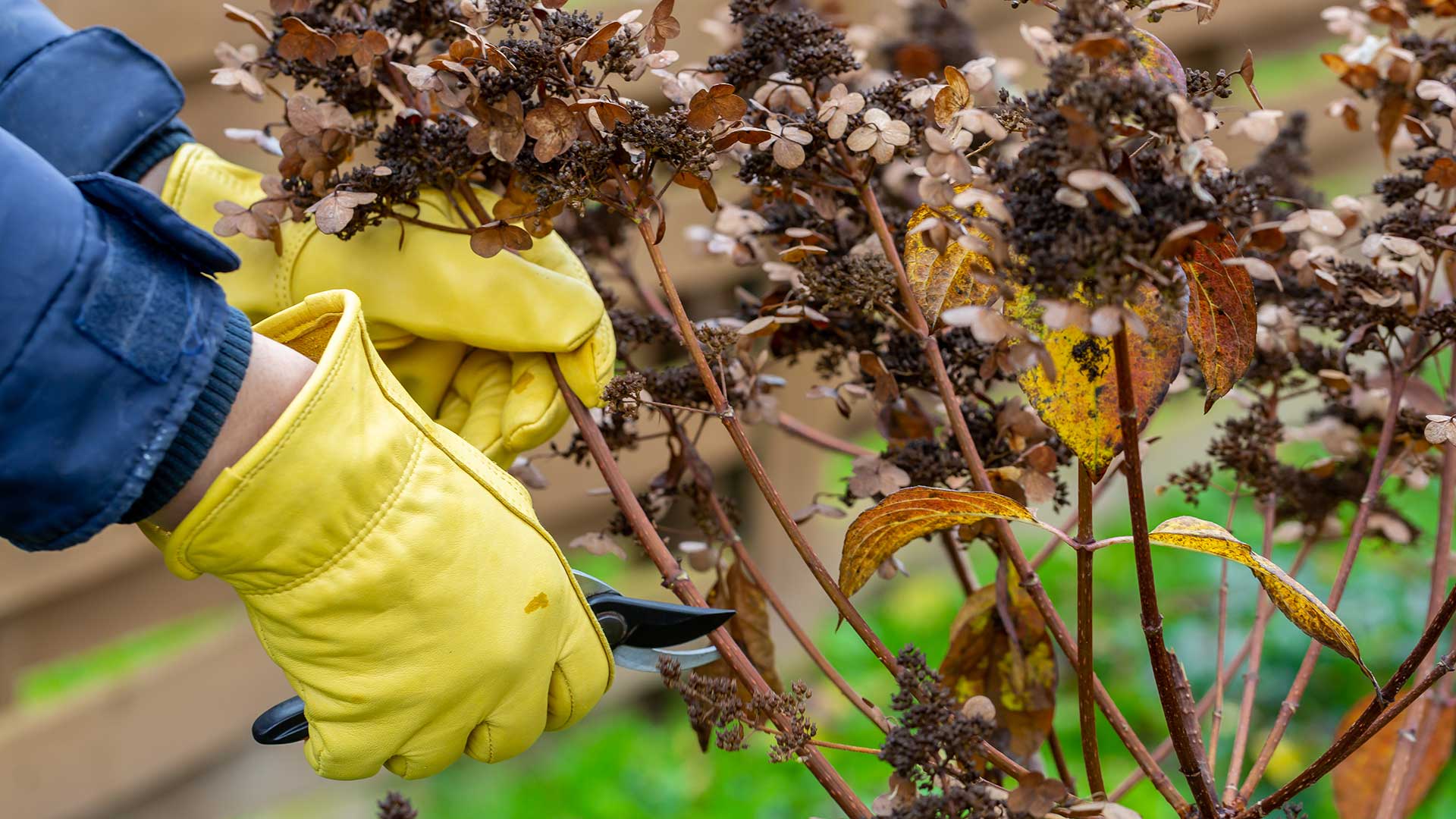
Marcus says, “For stunning large flowers in summer, prune hydrangeas as soon as the worst of the winter frosts have finished." Only after this time, to ensure you protect the plant from frost. He recommends removing last year’s flowers, by cutting back to a strong, outward-facing bud.
Tim adds how, as well as encouraging more blooms, pruning hydrangeas in February helps control their size and shape. You can also remove any dead or damaged wood at this time, he says.
You can trim away one or two of the oldest stems from the base, too, says Chris Bonnett, the founder of GardeningExpress. This will promote the growth of fresh, new stems that can yield more flowers.
"Climbing hydrangeas are an exception – they are generally pruned in summer after flowering," Chris adds. This is an important gardening tip to take on board, otherwise, you may hinder their blooming for the upcoming year.
2. Climbing roses
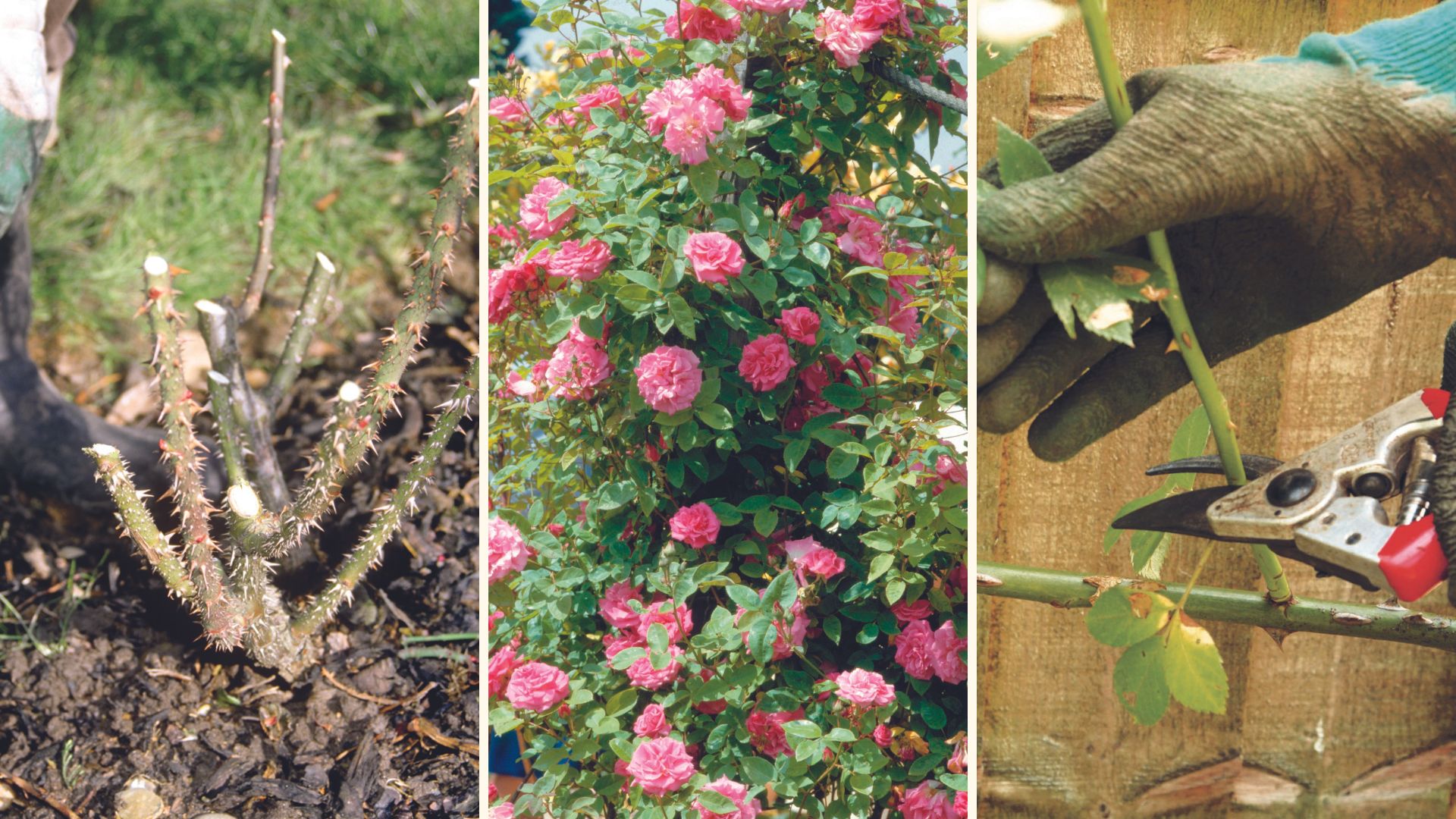
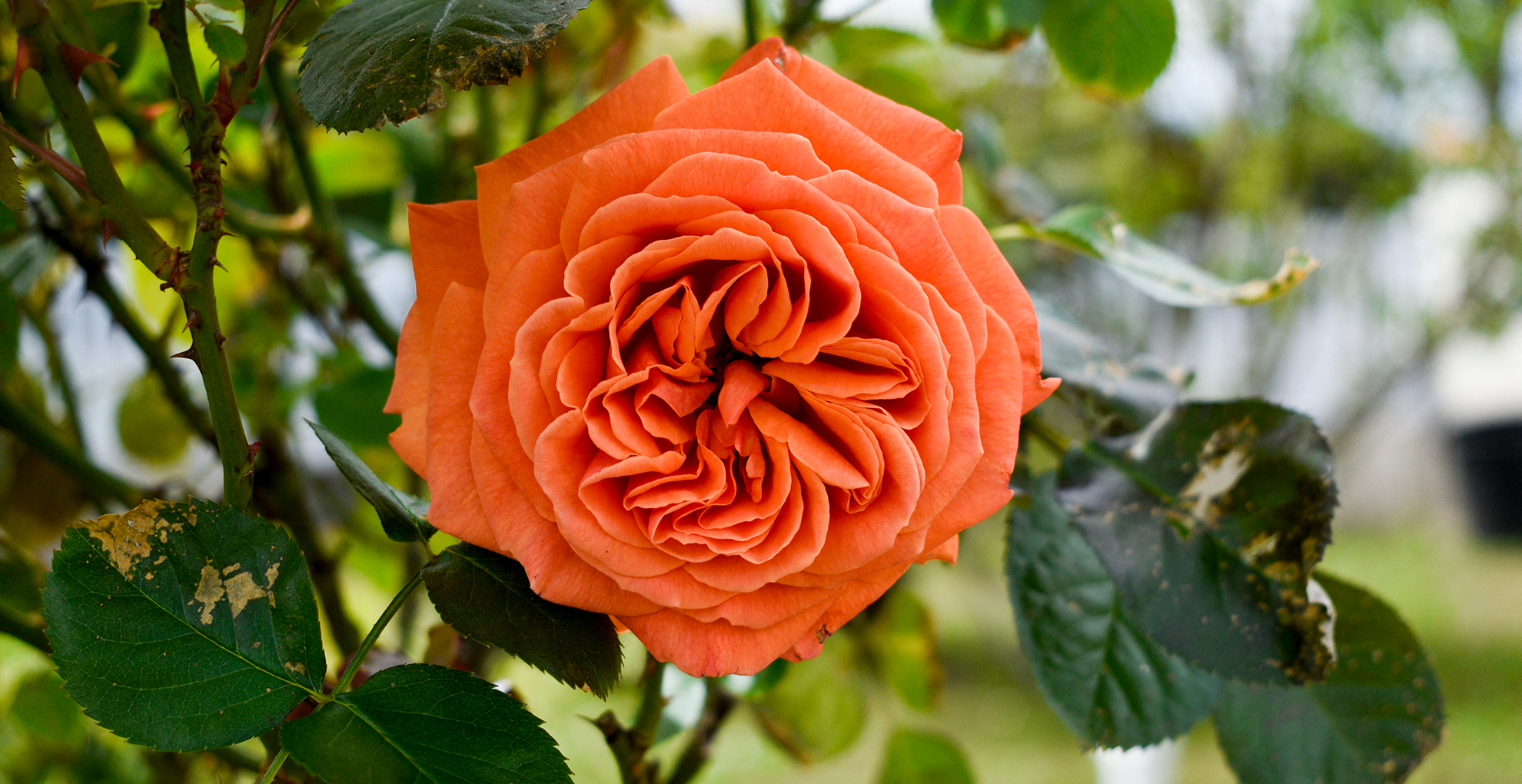
It's key to prune roses in February to remove all of those dead, diseased and dying stems to ensure your roses are at their optimum best for the new growing season ahead.
“When pruning climbing roses, tidy up side shoots that branch off the main stems," advises Chris. "Only trim the main shoot if you want to reduce its length. After pruning, tie the remaining shoots to their support structure to keep them secure and encourage growth in the desired direction."
3. Lavender
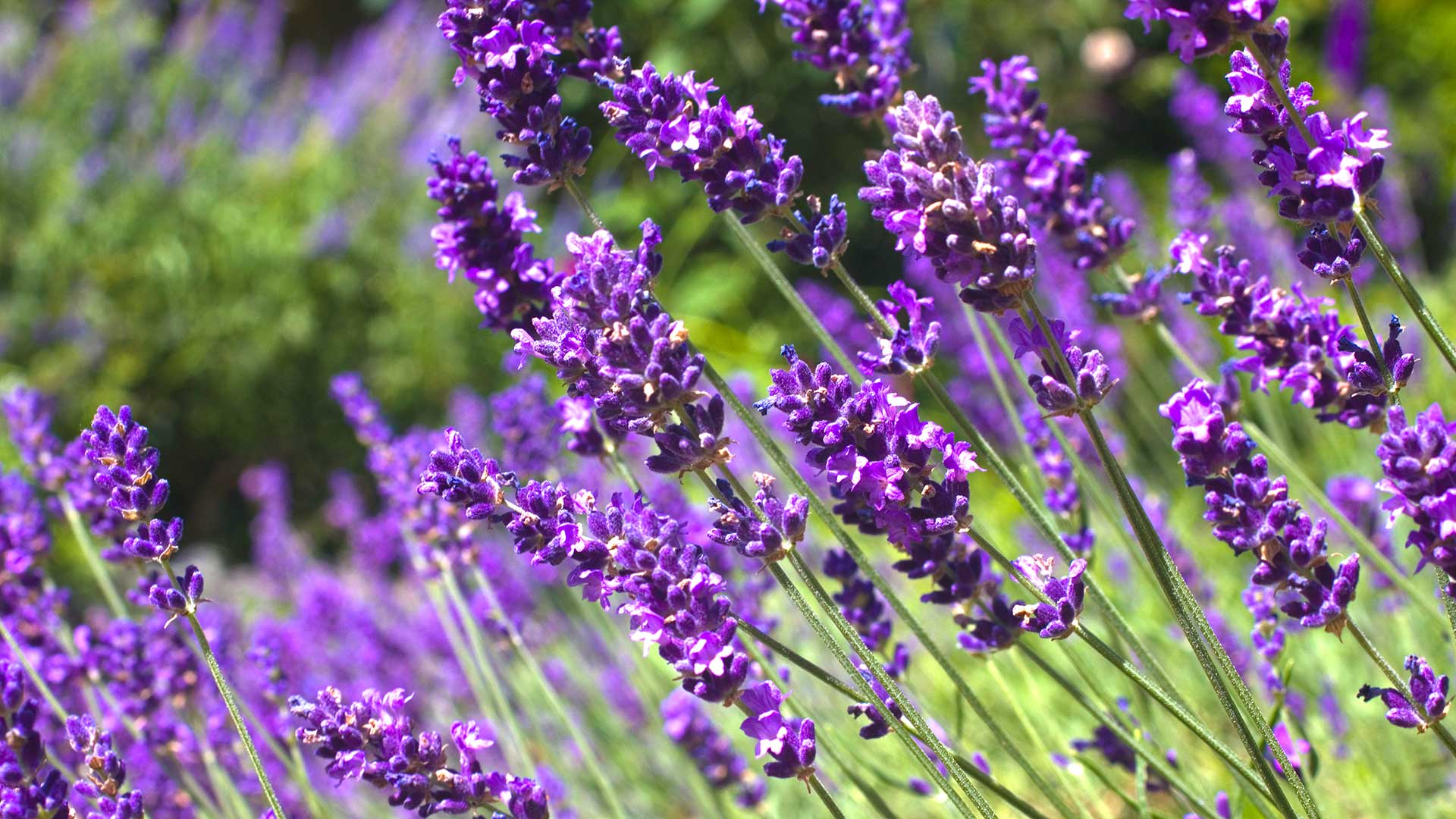
Lavender is a beautiful plant well-suited to cottage gardens and modern patios alike. Now is a good time to give it a tidy. Tim says, "Pruning lavender in February helps prevent woody growth, promotes better air circulation, and encourages bushier growth."
"Trim back the stems by one-third of their length, making sure to cut just above a pair of healthy leaves. Avoid cutting into the old wood, as it may not regenerate."
A quality pair of secateurs, such as these Felco ones from Crocus, are a good tool for the job.
4. Wisteria
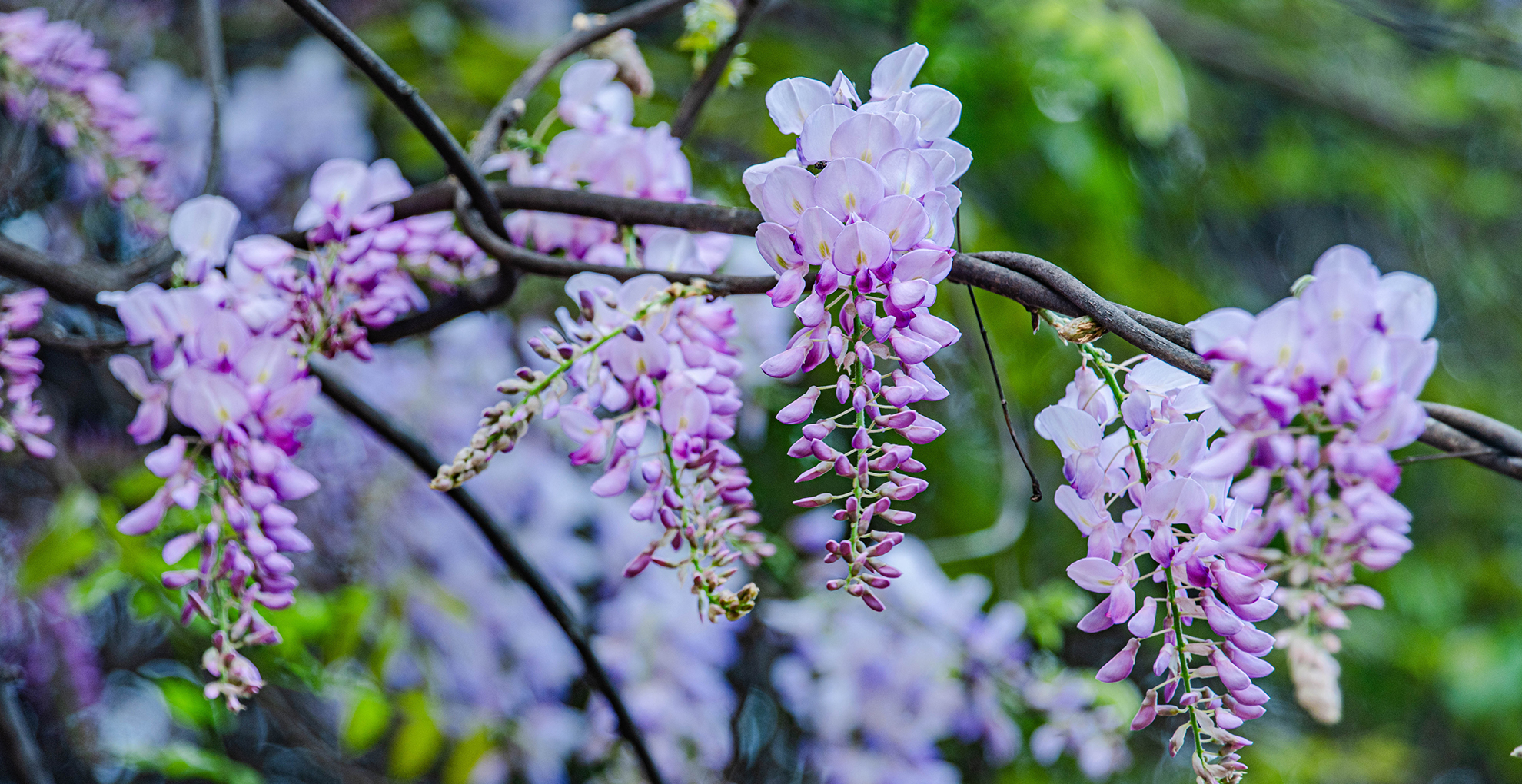
Wisteria may be a cottage garden trend favourite but it has an aggressive growth habit which can overtake landscapes quickly and lead to it becoming problematic. The secret to taming this 'invasive' garden plant overtaking your garden there are two key times to prune – winter and summer.
Pruning your plant in February is the best time for the winter prune because temperatures are not as low so there's therefore less threat of frost damage. "Prune summer growth back to 2-3 buds per shoot to encourage flowering in spring and summer," says Chris.
5. Japanese maples
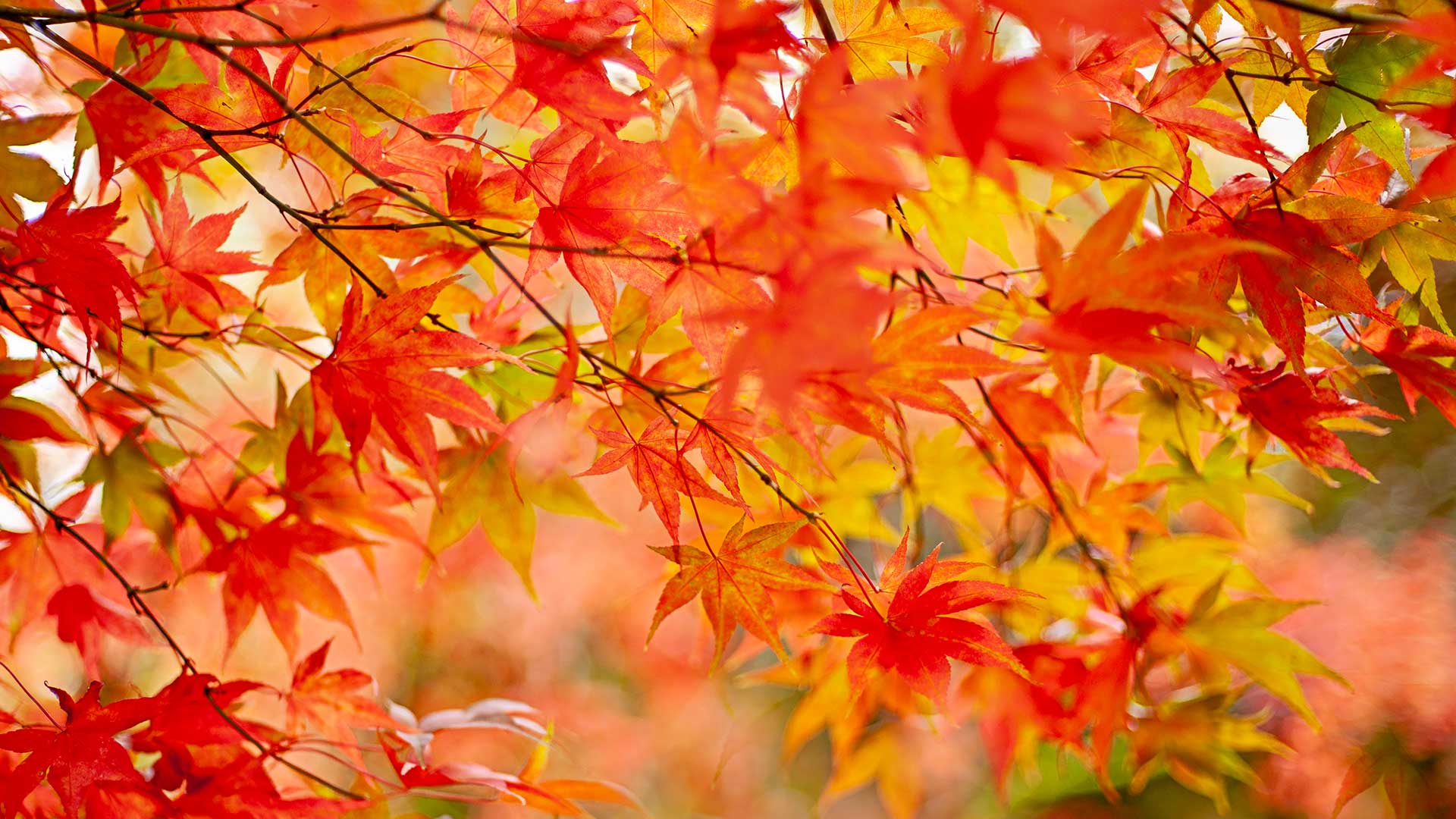
Ned Cromack, arborist and founder of The Bath Tree Company, says, "It’s best to prune Japanese maples, such as Acer palmatum, when they are dormant in the winter months. Any other time of year will cause the sap to bleed, which makes the healing process more difficult and can make the trees more susceptible to disease. This means that February is your last chance to tidy yours up, if it needs it."
Ned recommends cutting out any dead branches. Look for branches that are rubbing against each other, too, as this can cause damage to the tree over time. "Cut back the smaller or less desirable one to the next fork.
"Any branches that have grown too long for the space or in comparison to the rest of the canopy can also be trimmed," Ned adds. "Always aim to take as little off as possible to lessen the stress on the tree – you can always remove more the following year."
Contact an arborist to do the job for you if you feel unsure, Ned says. You'll also need to check your tree doesn't have a tree protection order before you prune it. Check that you don't live in a conservation area, too, Ned adds – "If you do, you'll need to get permission from your local council beforehand."
These Darlac telescopic ratchet loppers from Crocus are good for cutting through thick branches.
6. Buddleia
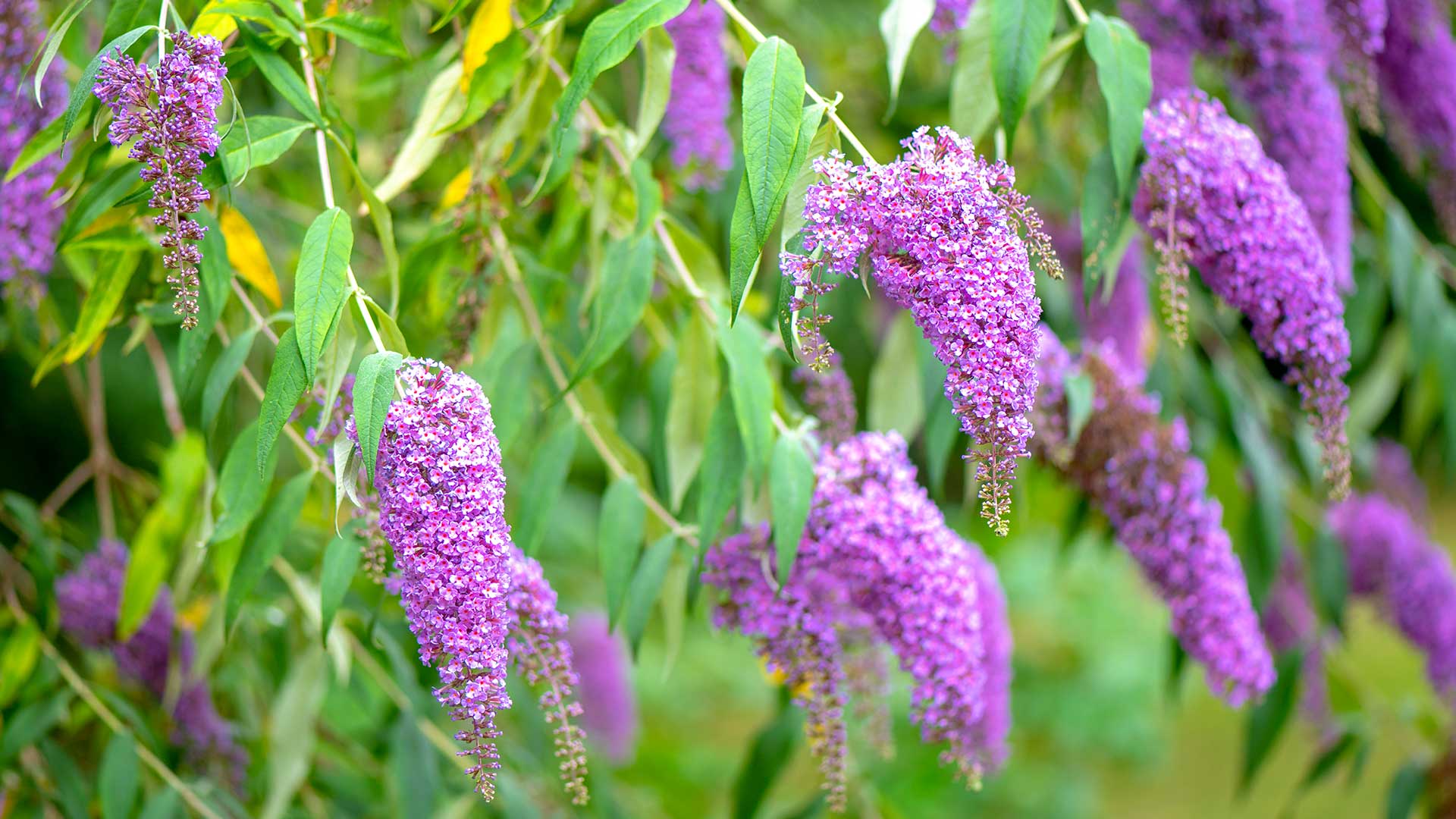
Now is the time to prune this highly-favoured cottage garden plant. “February is also the ideal time to prune back your buddleia to ensure it remains compact and produces many more flowers," says Marcus. "Wait until the worst of the winter has passed and it will bloom in summer – not only adding a burst of colour to your garden but also providing a valuable food supply for butterflies."
"February pruning encourages the development of new branches and enhances the bush's overall shape," says Tim. "Cut back all the stems to around 12 inches above the ground. This severe pruning stimulates strong regrowth."
7. Cotinus
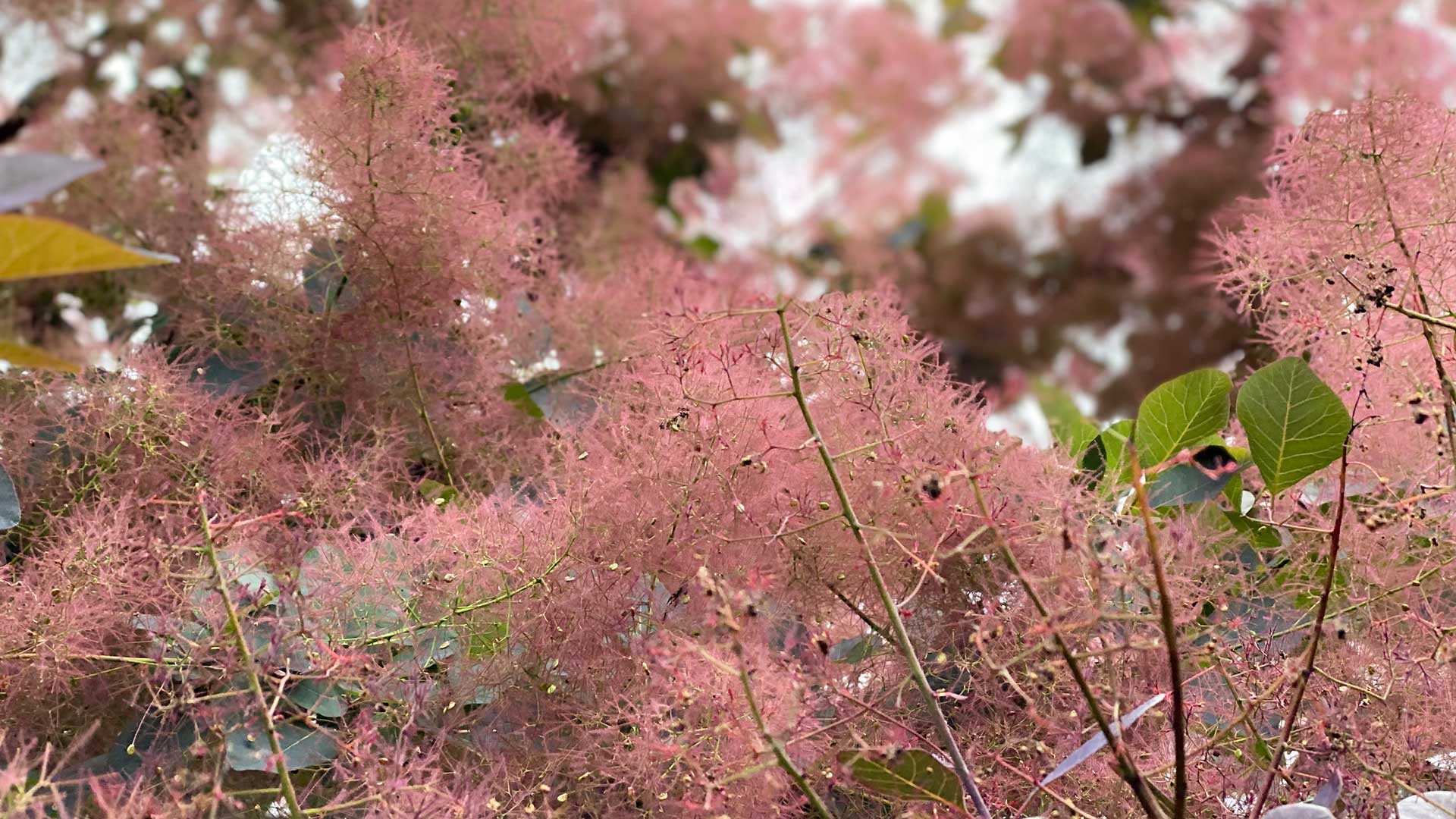
Pim notes now February is the perfect time of year to prune flowering shrubs that need some renovation, such as cotinus, also known as the smoke bush.
"As they mature, ornamental shrubs can become sparse and flowerless," he says. "Pruning the old main stems right back in winter will encourage vigorous new spring growth to bring them back to their full potential."
Follow up by feeding the shrubs with a good layer of mulch. Remember, early spring is a good time to fertilize your lawn, too.
Speaking of flowering shrubs, the gloriously yellow forsythia can be planted in February, to bring plenty of spring cheer to your outdoor space.
8. Fuchsias
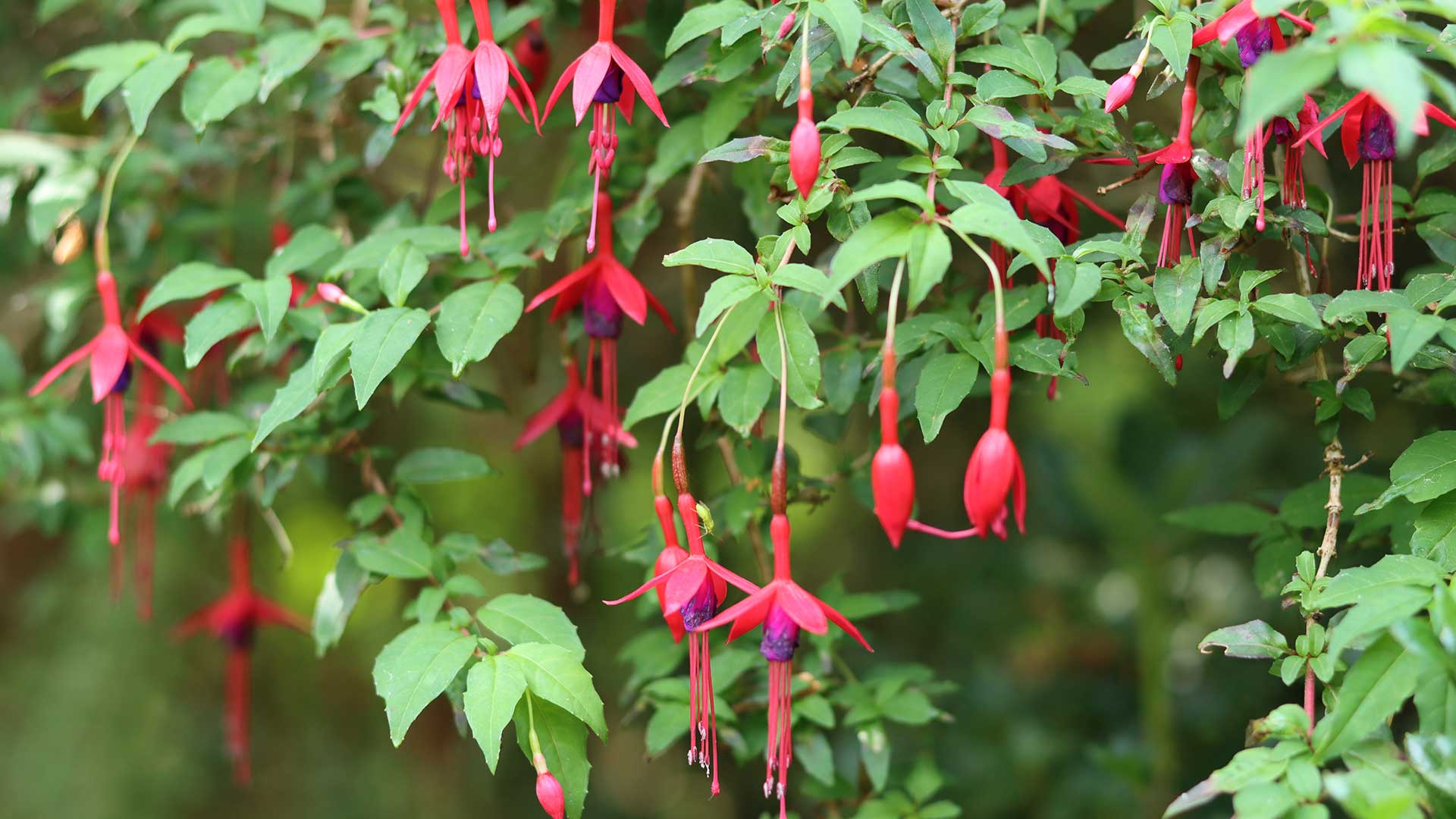
“Hardy fuchsias can inject colour into the garden for years if cared for properly, but they can also be quite unwieldy plants, so pruning them is important," Marcus says.
He says to keep an eye out for buds at the base – if these are starting to show in February, you can start pruning the plants. However, he recommends checking the weather forecast first, to make sure there’s not a hard frost due.
To prune, remove any weak and dead stems, then cut back each stem to a pair of healthy leaf buds, to create a compact shape. Older shrubs that need rejuvenation can be cut right back to ground level.
9. Ornamental grasses
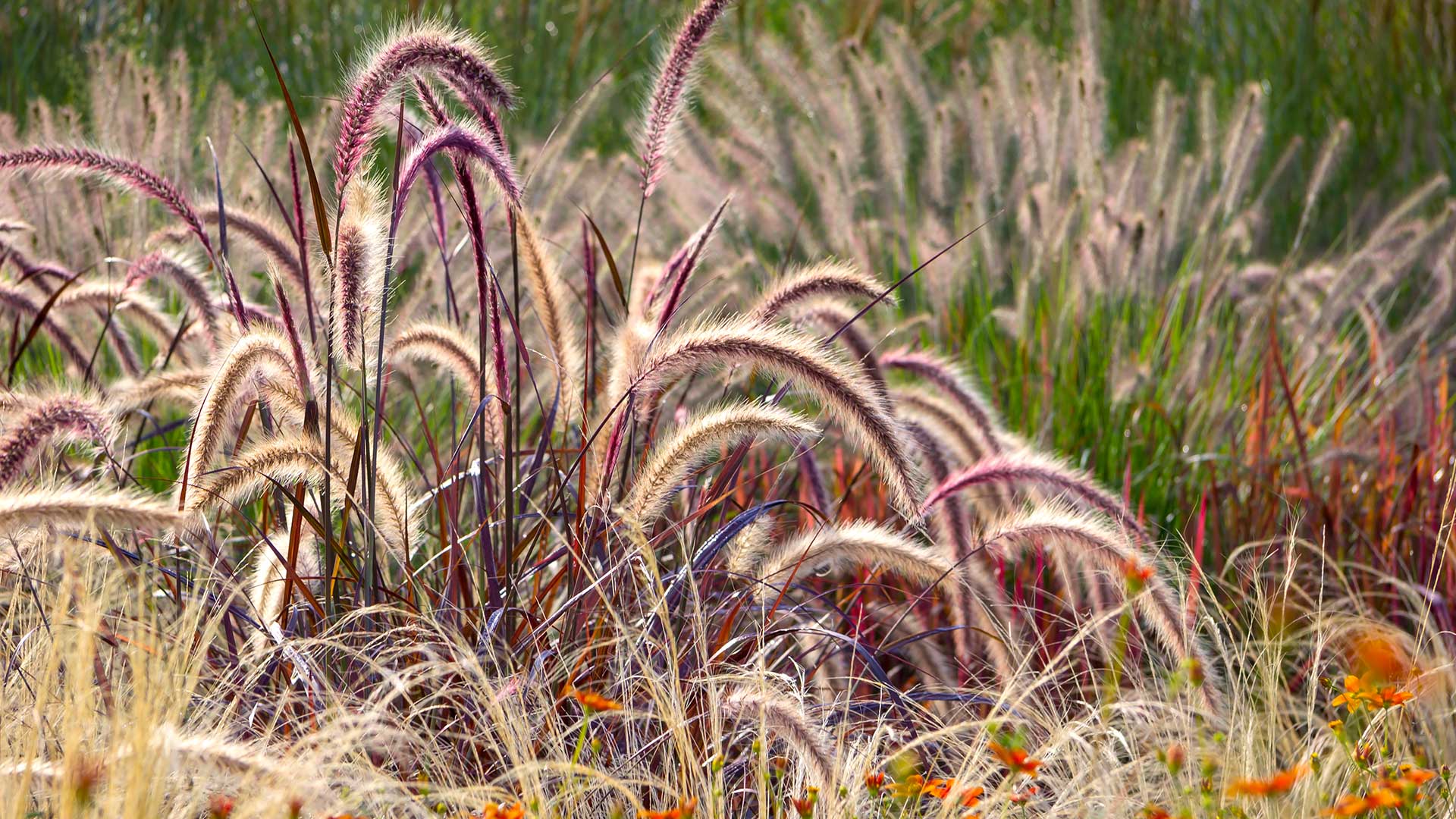
Planting ornamental grasses is a garden trend that's here to stay. And they are great plants to prune in February, says Russel Birchell, the founder of Hedging UK.
"They are a diverse group of plants ranging from small, clump-forming varieties to tall, screen-like types. Cutting them back in late winter helps to remove last year's yellowed, dried foliage, clears away untidy growth, and improves appearance. It also helps to remove any damage or disease that may have developed and gives the plants a fresh start for the new growing season."
It's important to check the variety of grass you have, as their pruning needs can differ. According to the Royal Horticultural Society (the RHS), deciduous grasses can be cut back hard, while evergreen grasses generally just need dead material removed. "Warm-season grasses can be cut back sooner than February and for evergreen types like pampas grass, wait until the risk of frost has passed," Russell says.
Russell recommends using clean, sharp garden shears for smaller ornamental grasses – "Grab clumps of blades and cut them back to within several inches off the ground." If you're cutting larger grasses back hard, a string trimmer can be used – this Black+Decker one from Amazon is well-rated. "Always remove any flower stalks from the prior year as well, to stimulate new growth," Russell adds.
10. Citrus trees
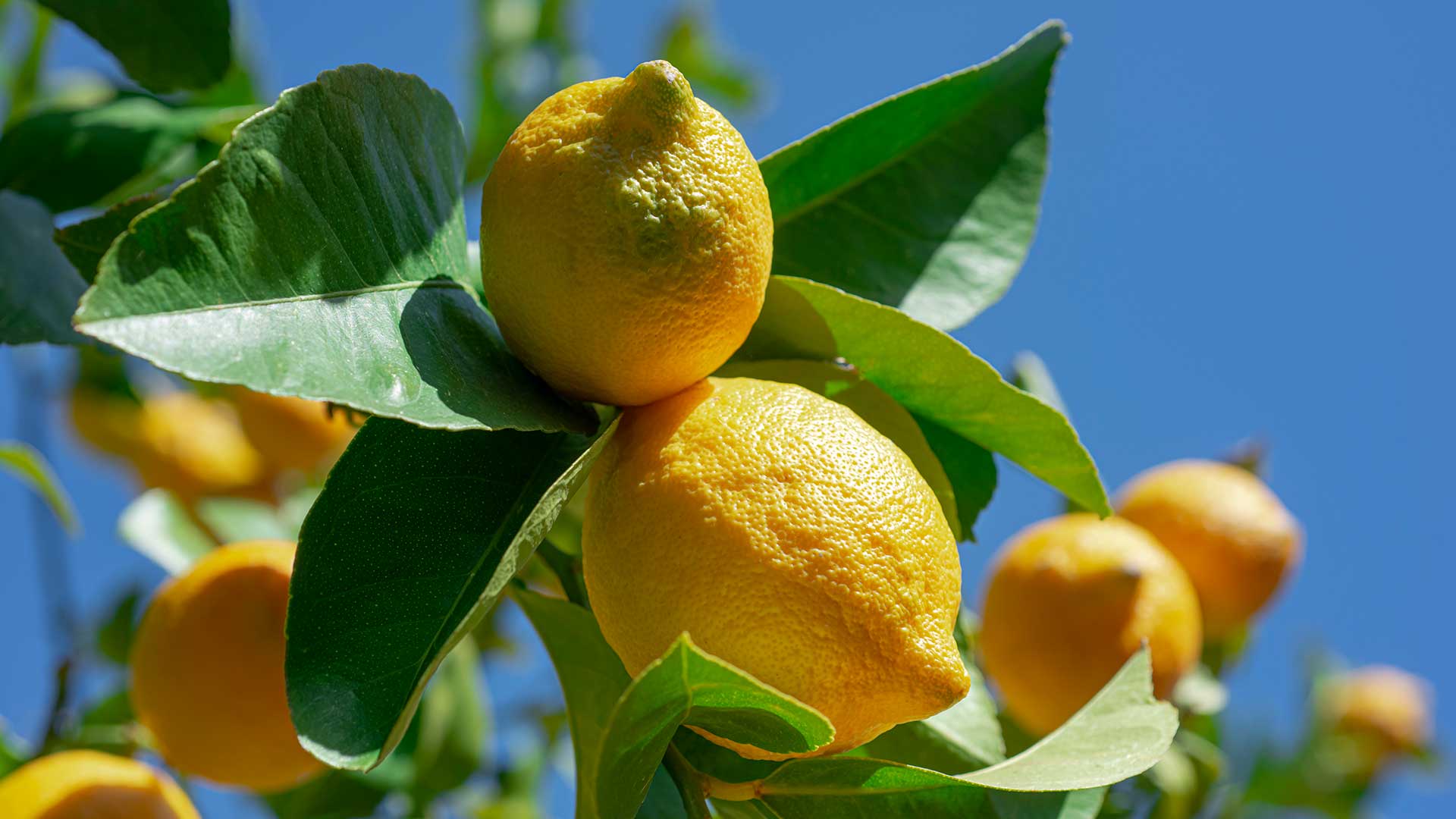
You can also prune citrus trees, such as lemons and limes, in February, according to the RHS. This will help to keep them looking their best.
Make careful cuts to improve the overall shape of the plant and thin out congested branches to open up the structure. If your tree is looking leggy, cutting it back by up to two-thirds and reducing the tallest stem will encourage bushier growth, the RHS notes.
Citrus trees often have thorny branches, so remember to wear a sturdy pair of gardening gloves, such as these leather ones by NickyPicky at Amazon.
FAQs
How to prune plants in February
“Pruning in February allows plants to be maintained while they’re dormant, setting them up for strong, healthy growth and a stunning floral display once the warmer months arrive," says Chris Bonnett, plant expert and founder of GardeningExpress. “Pruning techniques vary by plant, and February is a great time to focus on specific types, such as summer flowering shrubs, fruit trees, and climbing roses."
“For flowering shrubs, start by removing old flowers and any dead or damaged branches. Use loppers to make clean cuts at a diagonal angle just above a bud – this helps water run off the cut area, preventing rot and disease. This method encourages healthy growth and vibrant blooms in spring and summer."
“Fruit trees, such as apple and pear, should be pruned while dormant, before the sap starts rising in spring, making February an ideal time. Focus on removing dead, diseased, or crossing branches to improve air circulation and overall tree health. Always cut just above a healthy bud and avoid removing too much at once. Take your time, step back to assess the tree’s shape, and aim for a balanced structure – over-pruning can stress the tree and reduce fruit production."
Can I cut back perennials in February?
Many perennial shrubs can be cut back now, including hydrangeas, lavender, and buddleia, mentioned above (although wait a little longer if you expect more frosts on the horizon). This allows you to tidy them up before new growth gets underway. Just like in January, roses can also be cut back now.
Can you cut back hedges in February?
Deciduous hedges, such as hazel, can be pruned in winter, before they start into new growth. Generally, it's advised to wait for slightly warmer weather to arrive before you trim back evergreens. Avoid pruning any spring-flowering hedge plants now, such as forsythia, as you'll prevent them from blooming.
Always check for nesting birds, first. If you spot them, you'll need to wait until they have gone.






